
Epidermolysis bullosa is actually an umbrella term for a certain group of medical conditions which are known for affecting the skin. They are commonly characterized by blistering which is triggered by friction, heat or minor injuries. There are three main types of this group of medical conditions and there are a large number of subtypes for each of those three.
In most cases, these medical conditions are actually inherited. Epidermolysis bullosa usually affects infants and young children but it cannot be said that it is uncommon for it to affect adolescents and younger adults as well. In some cases the babies may be born with blisters, so the condition actually sticks with them since the very beginning.
Mild cases of epidermolysis bullosa can gradually improve with time, while on the other hand, the most severe forms of this medical condition usually trigger various health complications and are usually life threatening. Unfortunately, epidermolysis bullosa cannot be cured. All the treatment methods known to man are usually aimed at prevention of infections, painful sensations and various other complications which are known for accompanying the condition.
Causes
Epidermolysis bullosa is often hereditary, so it is usually inherited. This is mainly due to the fact that there are more than 10 different types of genes which are responsible for the formation of the skin. A random mutation of any of those genes can also trigger the development of epidermolysis bullosa.
This skin of the human body includes the underlying layer called dermis, and the outer layer which is referred to as epidermis. The basement membrane zone is actually the zone at which the two aforementioned layers meet. The type of epidermolysis bullosa determines the location and the time of the development of blisters.
The types
As explained earlier, there are actually three different types of epidermolysis bullosa. Those include epidermolysis bullosa simplex, junctional epidermolysis bullosa and dystrophic epidermolysis bullosa. The simplex type is, as the name suggests, the simplest and the mildest form of this medical condition and it commonly affects infants.
The skin splits and the blisters get developed. In most cases, this medical condition is inherited. The junctional type of this medical condition is usually severe and it often involves the formation of hemidesmosomes which get attached to the basement membrane. The dystrophic type of epidermolysis bullosa is known for ranging from mild to severe and it can be recessive or dominant, depending on each individual case.




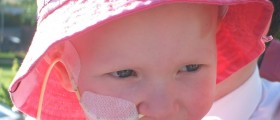
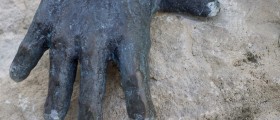
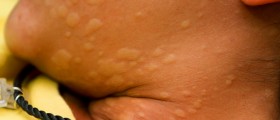



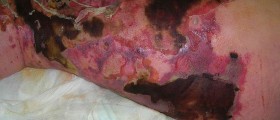

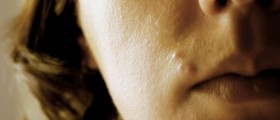
-In-Infants-And-Older-Children_f_280x120.jpg)



Your thoughts on this
Loading...